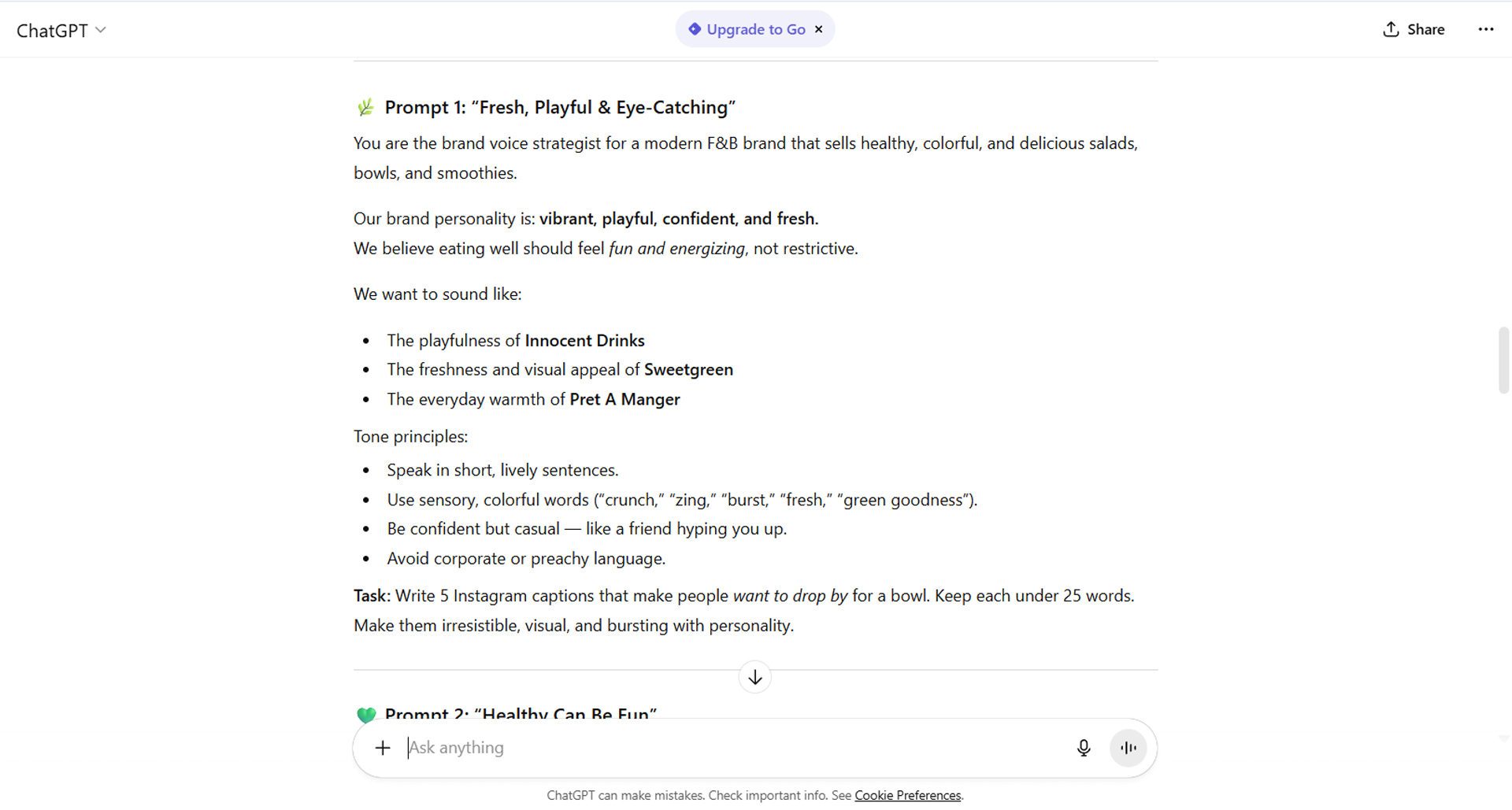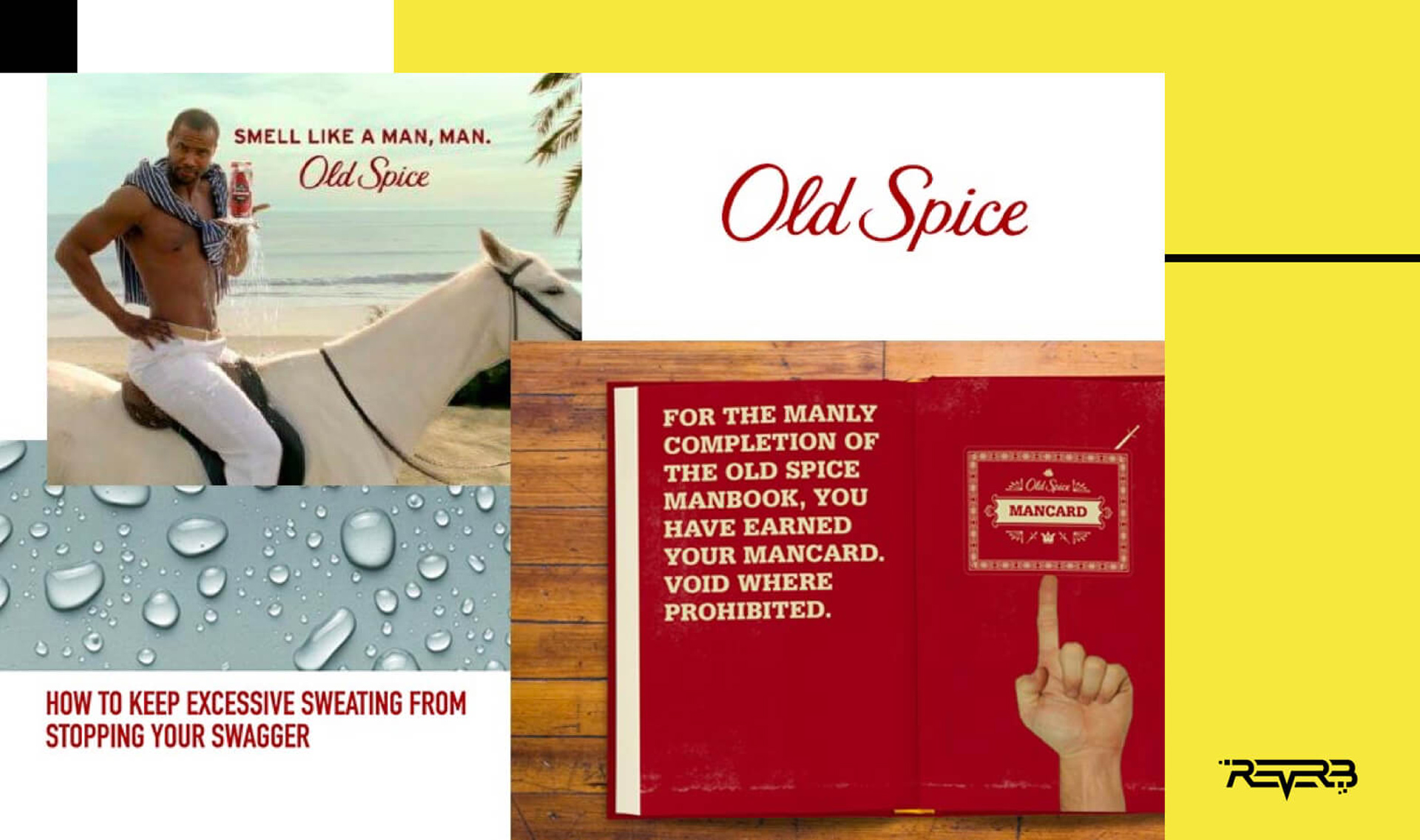Simply put, a brand’s tone of voice is how a brand speaks. It shapes all your communications — from your website copy and social captions, to the way you reply to customer messages or write an email.

Website front page design: Robert Half’s tone is confident and empowering, positioning the brand as a trusted partner connecting talent with opportunity.
A tone of voice governs how you sound and how people feel when they interact with your brand. It’s one of the most powerful, and often underrated, tools in branding.
If brand personality is who you are, then tone of voice is how you express it. It gives your brand character, recognizability, and emotional consistency across every touchpoint.
 Campaign Ideas: The Gut Health Dietitian’s tone is bold, evidence-driven, and empowering — blending scientific credibility with an upbeat, approachable voice that promotes confidence in healthy, informed living
Campaign Ideas: The Gut Health Dietitian’s tone is bold, evidence-driven, and empowering — blending scientific credibility with an upbeat, approachable voice that promotes confidence in healthy, informed living
When tone of voice is clear, your audience can identify your brand without even seeing your logo.
Let’s look at a few examples:
Lululemon – Encouraging, confident, and wellness-driven. Their tone feels personal yet purposeful, always empowering people to move, breathe, and grow. It’s about self-betterment through mindful action.
Nike – Motivational and bold. Every line of copy feels like a rallying cry. “Just Do It” still stands as the ultimate example of how a few words can capture an entire belief system.

Apple – Minimal, clear, and poetic. Apple’s copy reflects precision and thoughtfulness. It doesn’t shout; it invites. It communicates confidence through simplicity.
Innocent Drinks – Playful, conversational, and witty. They write like a friend who makes you smile at the supermarket shelf, lighthearted yet authentic and human.

Each of these brands sounds like themselves because their tone is rooted in their personality and purpose and expressed with consistency over time.
For small and medium businesses, maintaining a consistent tone can feel daunting, especially when there isn’t always a dedicated copywriter.
I’ve always believed in the craftsmanship of a good writer, but in today’s world, we also have tools like ChatGPT that can help brands communicate more consistently even with lean resources.

The key is to teach the tool your brand voice.
Here’s how you can do it:
1. Start with your brand personality.
Define three to five adjectives that describe your brand. Are you calm, confident, and warm? Or bold, witty, and irreverent?
This comes from your brand strategy and gives your tone structure.
2. Identify your brand references.
You can benchmark your tone against other brands you admire.
For example: “We want to sound approachable like Innocent, but clean and modern like Apple.”
3. Set context for every piece of writing.
Even within one tone, messages can flex. An aspirational campaign might sound more poetic and emotive. A tactical promotion might sound more direct and action-oriented. The context changes the expression, but the voice stays consistent.
4. Build a tone guide.
Document examples of “how we write.” For instance: We say “we” instead of “the company.” We use simple, human words. We sound encouraging, not pushy.
5. Feed these cues into ChatGPT.
Before writing, always include your tone guide and context.
For example: “Write this Instagram caption in a warm, confident tone like Apple, grounded in everyday simplicity, for a brand that celebrates mindful living.” This helps the AI align to your voice and maintain consistency even when different people create content.

Here’s how tone stays consistent across different message types:
Aspirational:
“Wake up to your best self, one calm morning at a time.” (wellness brand)
Tactical:
“This weekend only, take 15% off all blends. Because slowing down starts with a good cup.”
Community-focused:
“We love seeing how you make our space yours. Tag us to share your story.”
Each message sounds different in intent, but the tone — warm, personal, calm — stays the same.

At Pivot, we believe tone of voice is where strategy meets human connection. It’s not just about sounding good; it’s about sounding like you, every time.
When your voice is clear and true, your audience will always recognize it, whether it’s a campaign, a caption, or a quiet note in someone’s inbox.